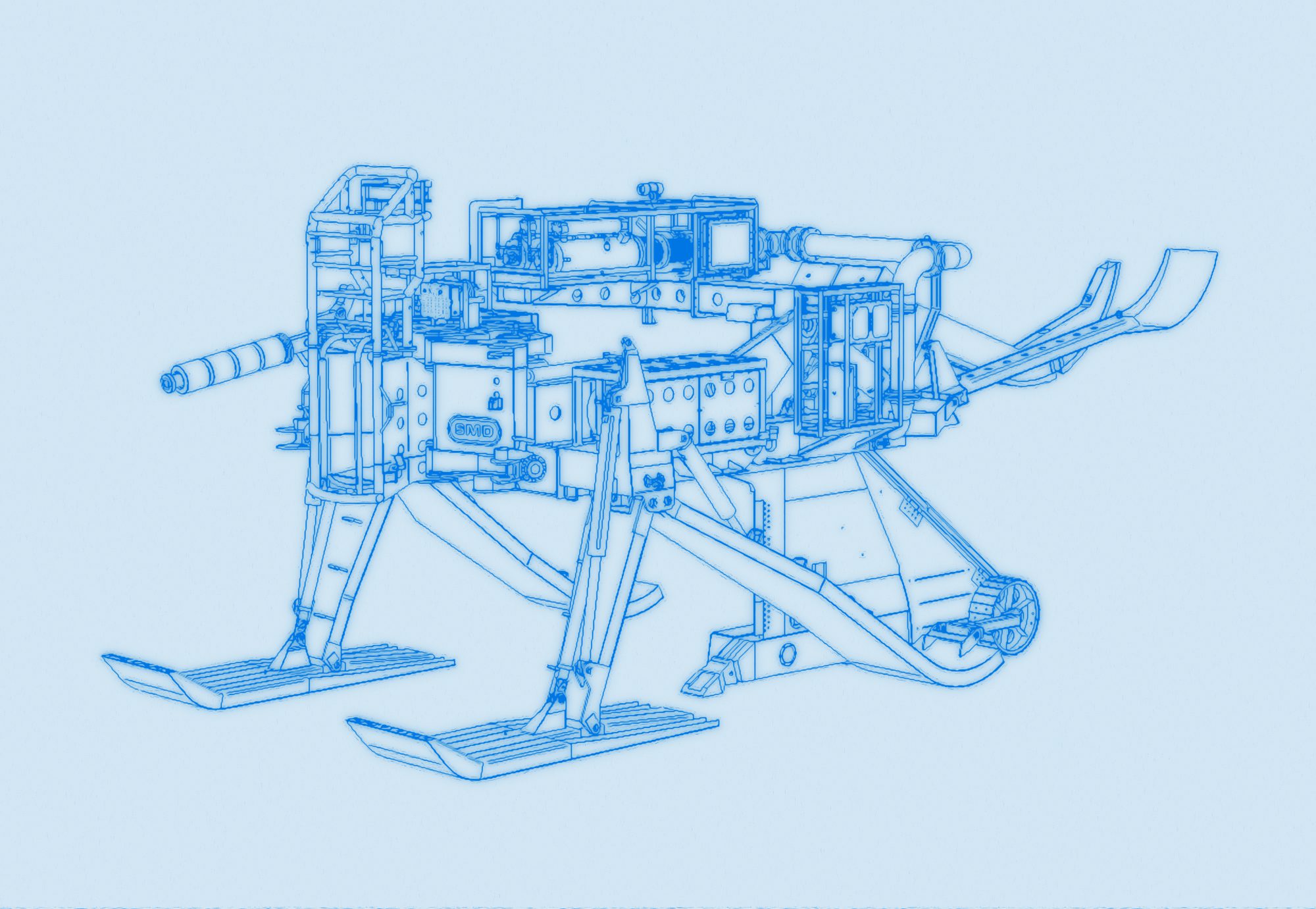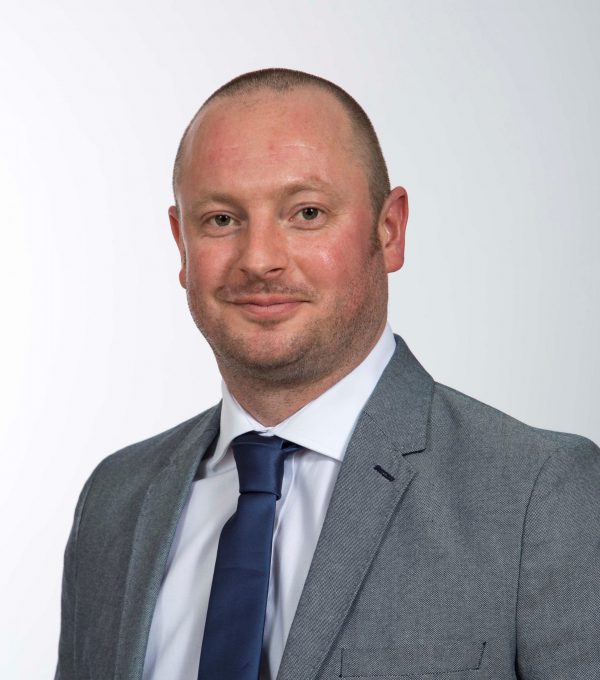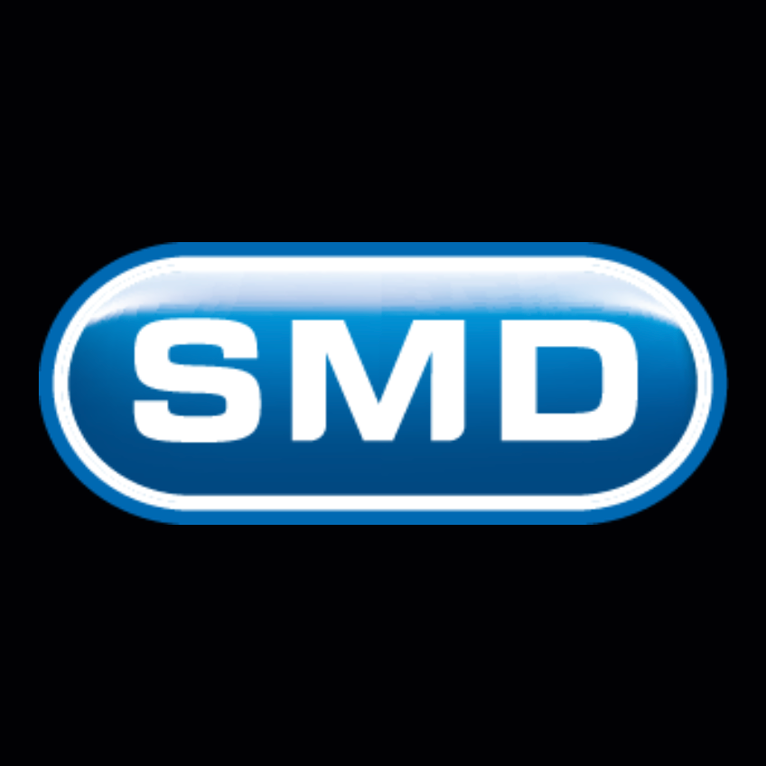SMD founder, Alan Reece, was approached by BP in the early 1970s, who were in search of a way to protect their pipelines in the North Sea. Following a robust and extensive development process, the world’s first commercial Oil & Gas plough was delivered in 1981.
Since then, SMD have continued to develop their subsea plough technology, adapting it for different applications as markets developed and their respective requirements arose. Today they remain the world leader in subsea plough technology. We caught up with the team to find out how they’ve managed to stay at the top of their game, and what they’re planning next.
So what instigated SMD’s move from oil and gas into subsea telecoms?
Today 62% of all telecom cable faults can be directly attributed to human activities such as fishing activity or anchor damage. Back in 1983 BT Marine, now Global Marine, recognised the threat to copper telecom cables. SMD had successfully demonstrated how ploughs can protect the new oil and gas pipelines being installed in the North Sea and the challenge was to develop a new plough burial technology to protect the small telecoms cables. The world’s first subsea telecoms plough was born and was quickly adopted by the main industry players at that time.
The plough was designed to create a furrow to lower the telecoms cable into a 1.1m deep trench. It did this without stopping or slowing the cable lay process from the installation vessel, a process which became known as simultaneous lay and burial and remains the industry standard to this day. To be able to lay and bury cable in the open oceans, in heavy seas and up to 1.5m below the seabed is now the norm.
As cable threats in Asia increased including aggressive trawling, seabed movement and mobile sediments, the market demanded protection beyond 1.1m, so in 1998 SMD developed the MD3 plough. This extended the burial protection to 2m in all conditions, and 3m in the extreme softer seabed. MD stands for Multi-Depth and this unique hinge chassis design allowed these deeper burial depths without making the plough too big or too tall and therefore prone to damage or instability.
The MD3 has become the industry standard cable burial plough. To date SMD have built over 60 new build ploughs for 17 customers globally, covering the three main telecom continents of USA, Europe and Asia.
Roll forward to 2012 as SMD realised the need for a telecoms plough which could deliver true 3m burial and the MD3 XT was born. The XT model has a share extension or boot to provide true 3m burial in all plough-able seabed conditions and this technology has now been adopted by all the major installation contractors globally.
In the late 1990s several developments were tested to evaluate the benefit of adding water jetting to the ploughing process. Both the MD3 and MD3XT performance has been boosted by the addition of low pressure water jets and in-service data confirms the increase in forward speed by a factor of x2 – x4 in sands and a reduction in bollard pull which equates to burning up to 20% less fuel on average over a ploughing campaign.
So that’s telecoms, but how did SMD come to be the leading provider of subsea cable burial equipment for offshore wind and subsea power cables?
As the telecoms industry crashed in early 2000s SMD began to diversify into other markets once again, and this time it was the power cables market that was an obvious choice. SMD had the experience of the subsea environment and the know how to safely handle cables and in 2001 the first power cable plough was delivered. It’s task was to protect transmission cables across the English Channel to France in tough chalk seabed conditions.
Some telecoms ploughs had been repurposed to bury first generation subsea power cables for offshore wind farms. Fibre optic telecoms cables are small in diameter but very robust and durable as their steel wire armouring dominates their construction. Power cables are not so robust. The armouring package and insulation of the main conductors in proportion are less and therefore safe mechanical handling is more demanding. Contact pressures, side wall pressures, mechanical strength, un-supported lift height, static and dynamic bending radius are all critically important. This all fed into the development of our telecom plough range from MD3 to HD3, which stands for Heavy Duty. Keeping the benefits of 3m burial and hinge chassis to remain a stable towing platform, HD3 ploughs grew to 45Te with 5m minimum bend radius. In 2008 SMD delivered its first HD3, a power cable plough focused on export cables for offshore wind. This plough is still performing exceptionally well today, after being owned by several installation companies, and has built up a considerable record in UK and Europe.
What has helped across all plough designs over the years is the inclusion of so many lessons and gems of operational feedback from our customers. Turning that into design improvements, to learn and evolve, is critical to staying at the forefront of the market and to ensure our ploughs deliver exceptional performance and uptime.
In 2021 the Boskalis team undertook a full campaign of power cable burial of over 160kms in every type of soil in the North Sea has to offer. Despite the challenge of this campaign, their HD3 racked up just one hour of un-scheduled downtime. That setting the standard for the market and thanks to our skilled and experienced clients and their operators we can demonstrate the full capability of our technology.
HVAC, HVDC and complex bundles all require careful consideration in terms of how the cables are handled and loaded into the plough. Cable handling has improved through the adaption of wider cable highways, roller quadrants, innovative loading schemes and multiple sensors to monitor tension and contact pressures. This technology all helps to mitigate the risks associated with the post lay burial process for all types of power cables.
What’s next for SMD?
We pride ourselves on working in partnership with customers, of which we have developed many long-standing relationships over our 50+ years in business. It’s these relationships that allow us to understand the challenges the industry is facing and put our engineering teams to work in solving them.
One of our latest innovations is a new umbilical system which supports high powered jetting ploughs while also eliminating the need for buoys to be manually attached for flotation. This innovation means that because it is no longer necessary to employ personnel to manually attach buoys to the cable, operations are safer, more efficient and more cost effective. The first plough which uses this technology was delivered earlier this year and has successfully completed its sea trial and gone straight onto its first commercial project in Asia.
Telecoms cables are getting smaller, power cables are getting bigger and with these developments come new challenges for our systems. Challenges which our engineers relish in solving.
In offshore wind our most recent innovation is our HD3 with top loading capability. With the increased diameter of power cables, this leads to new risks associated with cable handling. To be able to lay the cable directly into the plough from the vessel, without loading from the seabed, eliminates much of the potential risk. The latest generation cable lay vessels have such advanced position and control capability that makes this top loading concept an alternative innovation for the market.
We have been very lucky to have a client base and regular contact with every major ploughing installation contractor. They and their clients value our technical expertise and assurance that our plough is a safe and reliable choice. There are so many challenges working offshore in installing telecoms and power cables that it is our job to keep the subsea technology as reliable as possible so when it goes in the water, it just does its job.



